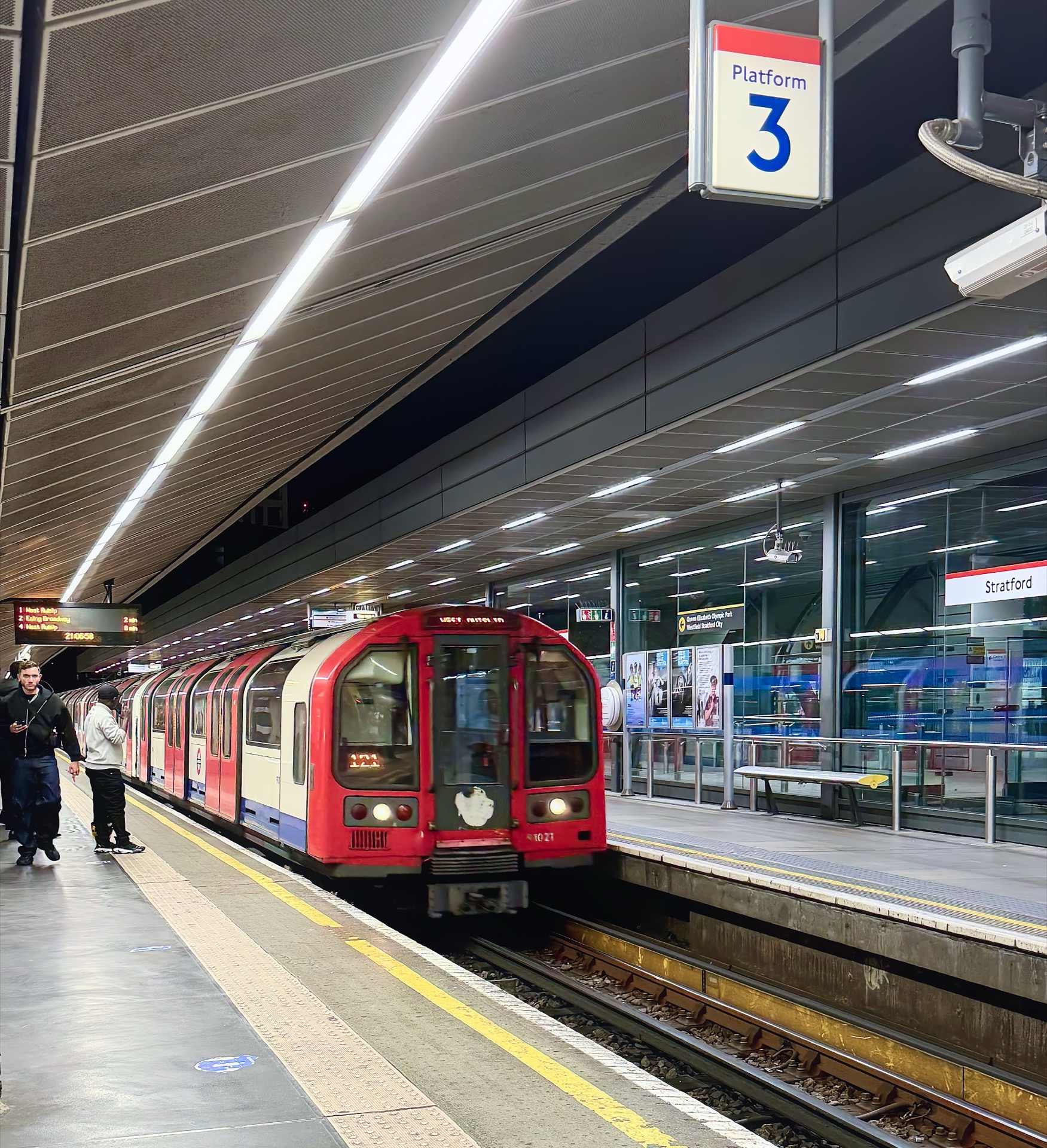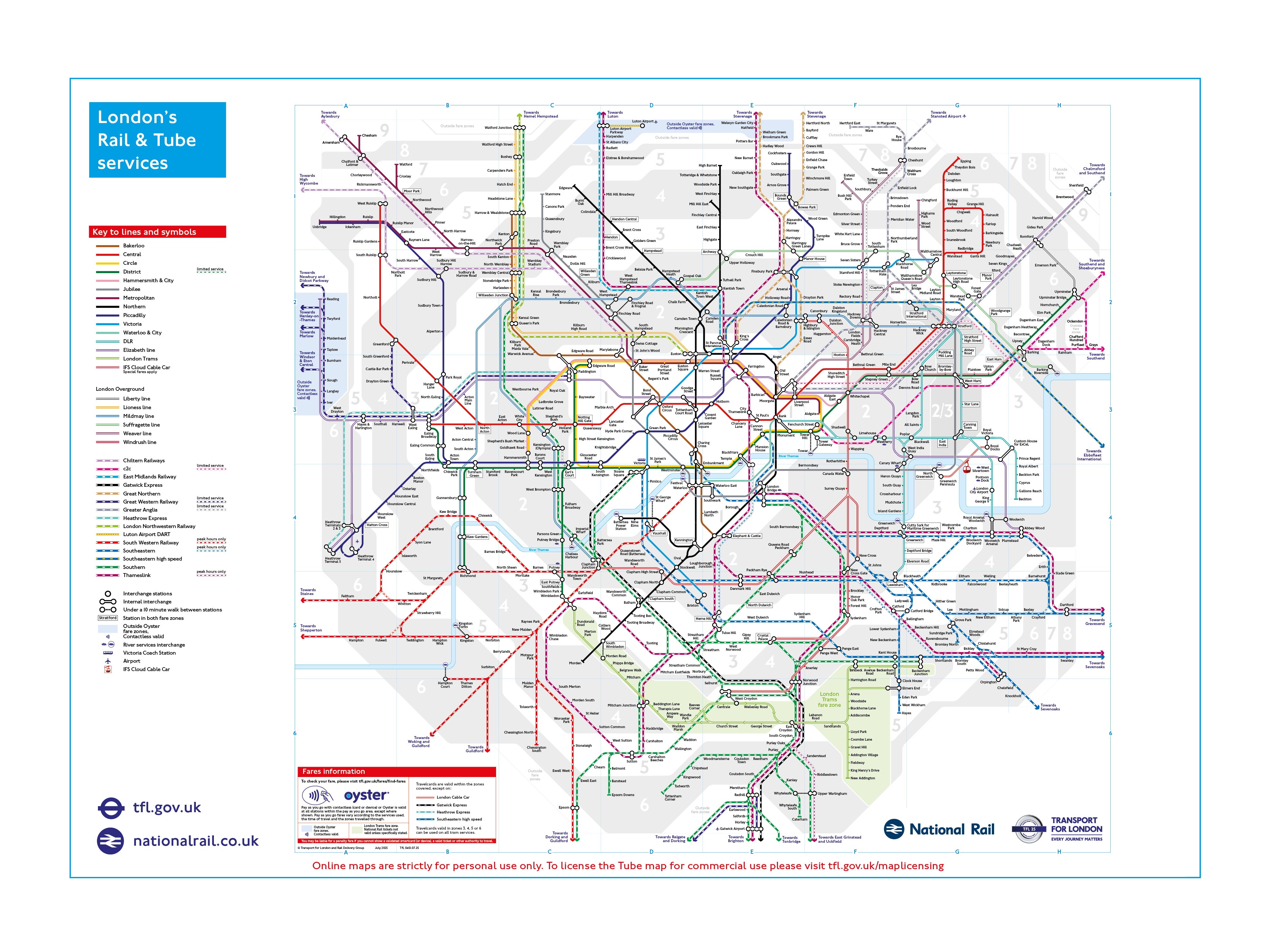The joys of a working public transport

Changing the way we travel depends on decent public transport. Here in Germany, it’s hard to give up the car, but in a city like London, this would be quite easy.
When it comes to the places I feel comfortable in, I have a split personality. I can live either in complete solitude or in a crowded metropolis and I enjoy both. When I am in either place, I fully embrace the pros and cons of the situation, but when it comes to transport transitions, decent public transport is essential.
Big cities aren’t for everyone. You either love them or hate them, but personally, I have always embraced them. When I was in London for the fourth time this September, I once again discovered that, although I drive an electric vehicle at home, I would have fewer problems with parking if my home town were as big as this metropolis. Yes, there are pros and cons to living in such a big city, but unless I had to transport anything big or bulky, I would use public transport for my daily commute.

Local citizens often criticize TfL (Transport for London) — the government institution that runs the Underground, buses and public railways. Personally, I don’t understand this, which may be because I only visited the city briefly as a tourist. But no matter where you want to go, there is almost no waiting time, plenty of ways to reach your destination, and smooth transfers between all the different modes of transport.
Can we reach our hotel in London's East End from London City Airport in approximately 30 minutes? No problem – just one rail journey, and depending on the time, one or two Underground changes straight to Bethnal Green station. Tap your prepaid Oyster card when entering and leaving a station, and it will be billed.
As well as the efficient public transport, it was great to see that this metropolis is a melting pot of cultures, which simply doesn't work everywhere. At no time did we feel uncomfortable or unsafe. It was also an experience to see people of all ages and kinds just get up to offer their seat to the elderly or pregnant people which isn’t that common.
Public transport in London just works and experiencing this level of public transport development made me think that it would be my preferred way to get to work or elsewhere if I lived there. No stress, no traffic jams – just the start or end of a journey. However, being back home, the Stone Age returned quite quickly, with buses and trains possibly scheduled every 60 minutes. I felt bounced back and realized that the transition to public transport here in Germany is still an enormous challenge – at least on the countryside!